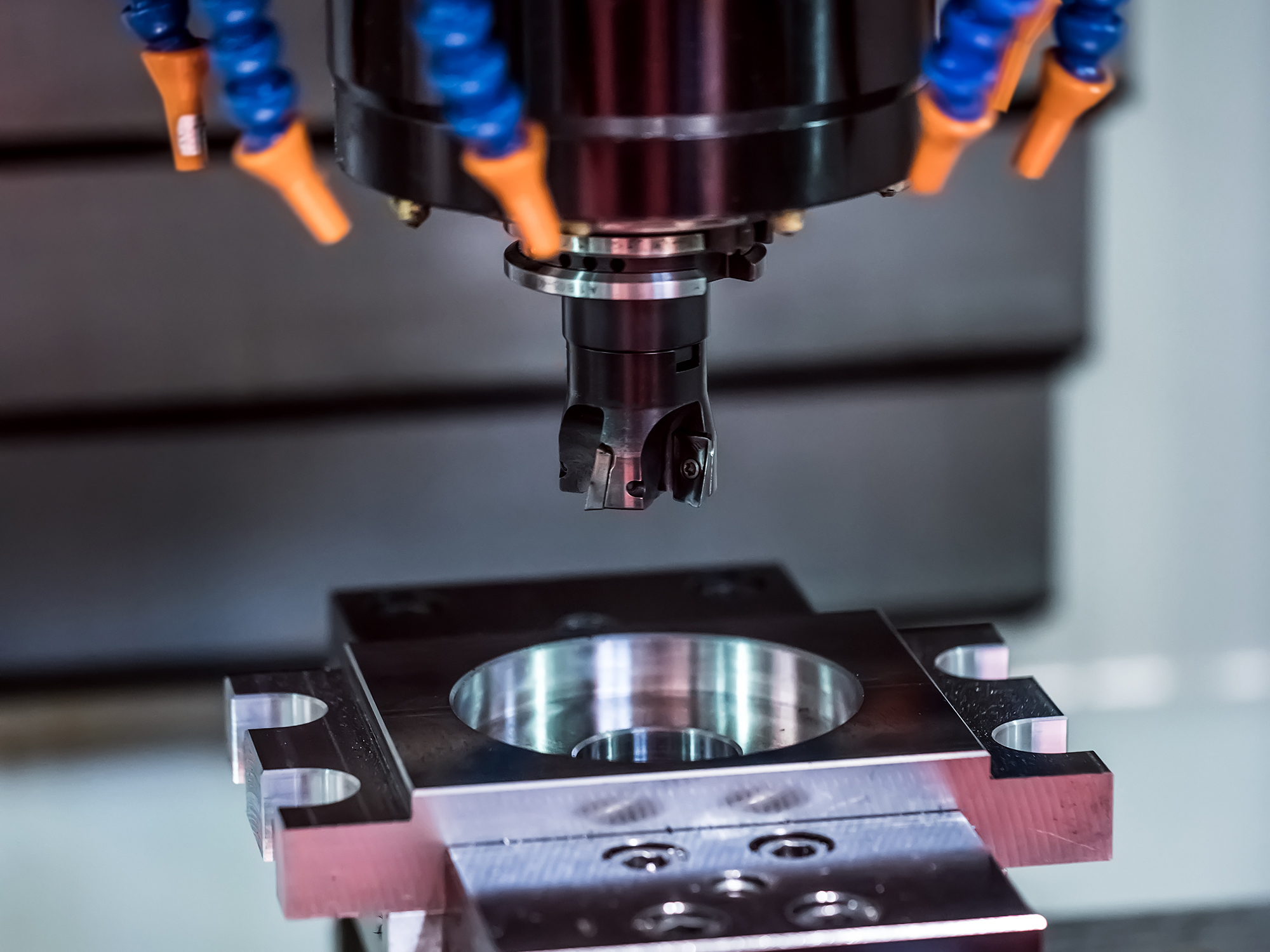- | /
- | /
- | /
- | /
- | /
- | /
Measurement Technology and Quality Control in Machine Tool Machining

I. Types of Measurement Technologies and Application Scenarios
1. On-Machine Measurement Technology
Trigger Probes: Obtain coordinate data by contacting the workpiece surface with a probe, used for tool length compensation, workpiece alignment, and sampling inspection of key dimensions. The measurement accuracy can reach ±1μm, and the response time is ≤2ms, suitable for process verification in milling, turning, and other processes.
Scanning Probes: Continuously collect surface point cloud data and generate contour error curves. In curved surface machining (such as mold cavities), they are used to real-time correct tool paths. The scanning speed can reach 500 points per second, and the data density meets the needs of complex shape reconstruction.
Vision Measurement Systems: Achieve non-contact measurement through high-speed cameras and image processing algorithms, suitable for dimensional inspection of thin-walled parts and soft materials to avoid workpiece deformation caused by contact force. The measurement field of view can range from 50mm×50mm to 500mm×500mm.
2. Offline Measurement Technology
Coordinate Measuring Machines (CMM): Realize spatial coordinate measurement through X, Y, Z three-axis movement. With different probes, they can detect 21 types of form and position tolerances such as dimensions, positional tolerance, and cylindricity. High-precision models have a measurement uncertainty of ≤0.5μm + L/1000 (where L is the measurement length in mm).
Image Measuring Instruments: Combine optical magnification and CCD imaging, specializing in detecting tiny features (such as hole diameters, groove widths) with a resolution of up to 0.1μm, widely used in the inspection of precision parts for 3C products.
Laser Interferometers: Use laser wavelength as a reference to measure machine tool positioning accuracy, repeat positioning accuracy, and backlash. They are core tools for machine tool calibration and error compensation, with linear measurement accuracy up to ±0.5ppm.
II. Construction of Quality Control Systems
1. Process Quality Control Nodes
First Article Inspection: Conduct full-dimensional inspection of the first article before mass production to confirm the rationality of process parameters. Mass production can only start after the first article is qualified, with a focus on verifying key features (such as mating surfaces with tolerances ≤0.01mm).
Patrol Inspection and Sampling Inspection: Develop sampling plans based on batch size (such as sampling 5 pieces per hour). Use Statistical Process Control (SPC) methods to analyze data fluctuations. When the process capability index CPK < 1.33, production must be stopped for adjustment.
Final Inspection and Traceability: Perform 100% inspection of key dimensions for finished products, associate measurement data with barcodes or RFID, and establish traceable quality files to meet compliance requirements in aerospace, medical, and other industries.
2. Error Analysis and Compensation Mechanisms
Systematic Error Compensation: Obtain error values of the machine tool at different positions through measuring machines, generate error compensation tables, and the CNC system real-time corrects coordinate values, which can improve positioning accuracy by 30%-50%.
Random Error Control: Analyze random factors such as ambient temperature (each 1℃ change may cause a dimensional change of 0.01mm/m) and tool wear. Reduce their impact through measures such as constant temperature workshops (temperature difference ≤±1℃) and regular tool changes.
III. Key Points in the Application of Measurement Technology
1. Matching Principles for Measurement Schemes
Accuracy Matching: The accuracy of measurement equipment should be at least 1/3-1/10 of the measured tolerance. For example, to inspect parts with a tolerance of ±0.005mm, measuring tools with an accuracy of ≥±0.001mm should be selected.
Efficiency Balance: On-machine measurement should control the single measurement time to ≤10% of the machining cycle to avoid affecting the production rhythm; offline measurement can improve inspection efficiency through automated loading and unloading (such as CMMs equipped with robots).
2. Environment and Operation Specifications
Measurement Environment Control: Precision measurement should be carried out in an environment with constant temperature (20±2℃), constant humidity (45%-65%), and anti-vibration (vibration acceleration ≤0.001g), away from magnetic fields and air flow interference.
Operation Standardization: Develop measurement program documents, standardize probe selection, number of sampling points (such as at least 9 points for flatness measurement), and data processing methods to avoid measurement deviations caused by human factors.
IV. Technical Trends and Development Directions
1. Intelligent Measurement Technology
Automatic Programming and Path Optimization: Automatically generate measurement programs based on CAD models to reduce manual programming time. For example, the automatic programming system of coordinate measuring machines can shorten program preparation time by 70%.
AI-Assisted Error Analysis: Identify abnormal patterns in measurement data through machine learning to predict possible drifts in the machining process, such as predicting the trend of dimensional changes caused by tool wear.
2. Integrated Measurement Systems
In-Machine Integrated Measurement: High-end CNC systems have built-in measurement cycle commands, which can directly call probes to complete on-machine measurement and automatic compensation. For example, the FANUC 30i-B system supports more than 100 types of measurement macro programs.
Digital Twin Closed-Loop: Compare measurement data with digital twin models, optimize machining parameters through virtual simulation, and realize a closed-loop control of "measurement-analysis-correction". BMW Group has applied this technology in engine block machining.